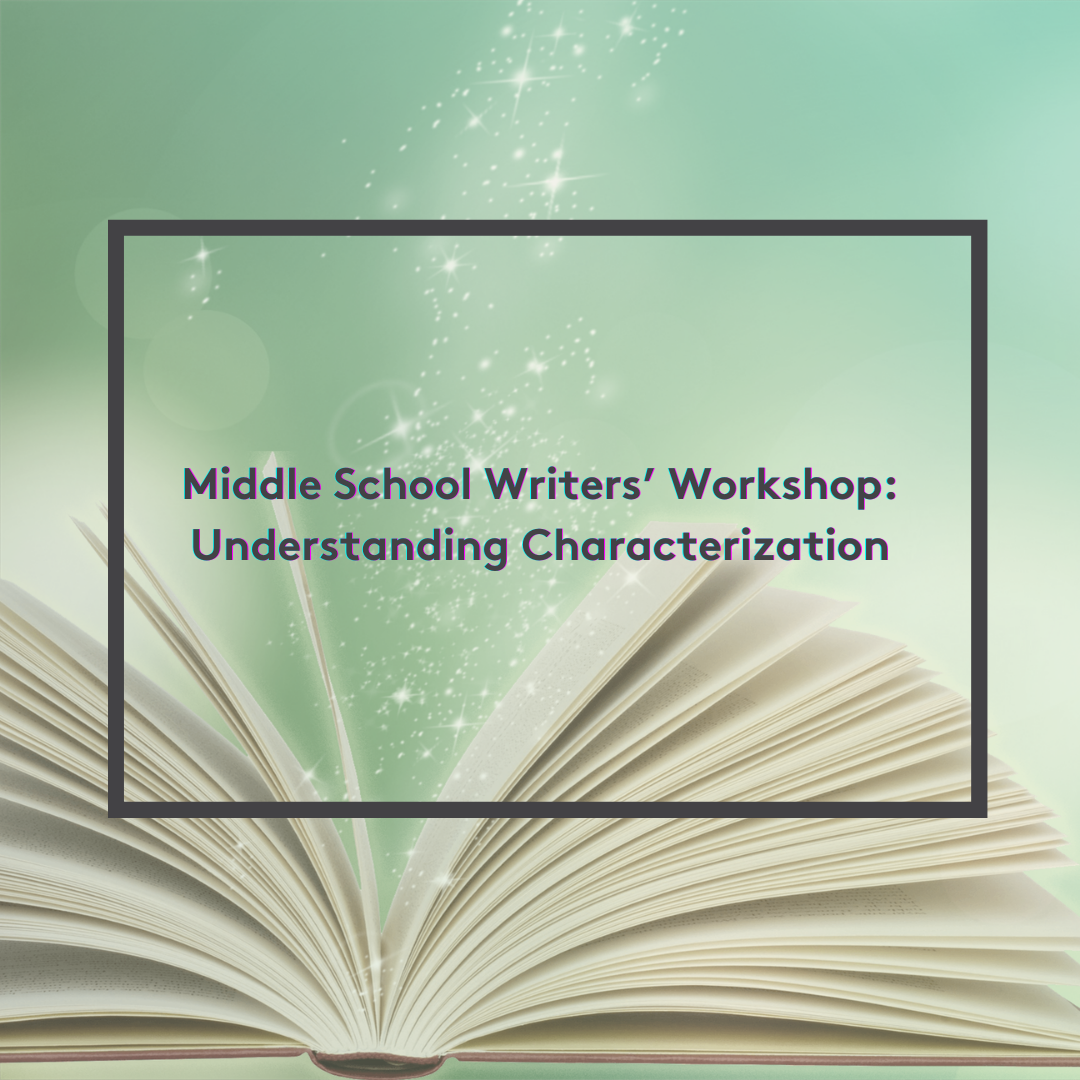 Have you ever read a book where you feel like you really know the characters? You understand their dreams and relate to their failures, you can see yourself making similar decisions, and maybe they even remind you of someone you know. Rich, fully-developed characters are what separate good books from great books. It is the characters who feel like they could walk right off the page that stay with us long after we put a novel down.
Have you ever read a book where you feel like you really know the characters? You understand their dreams and relate to their failures, you can see yourself making similar decisions, and maybe they even remind you of someone you know. Rich, fully-developed characters are what separate good books from great books. It is the characters who feel like they could walk right off the page that stay with us long after we put a novel down.
How do writers create such life-like characters? One of the main tools writers have at their disposal is something called characterization. This literary device occurs any time an author gives us a detail about a character that tells us who they are. Characterization can range from something as simple as a character’s preferred ice cream flavor to something as complicated as a backstory that occurred before the book’s plot began. Understanding characterization allows us to not only gleam a deeper understanding of the texts we read, but also create more well-rounded characters in our own writing.
Authors rely on two forms of characterization: direct, or explicit, characterization and indirect, or implicit, characterization. We will look at both forms below.
Explicit Characterization:
The most basic form of characterization is explicit characterization. This is when the author tells us exactly what a character is like. The easiest way to do this is by using third person narration. Imagine a story that begins with, “Tim was a quiet boy, who preferred to spend his free time reading in the library.” From the narrator’s introduction, the reader has a clear picture of Tim’s personality. This strategy makes it easy for the author to efficiently develop characters and ensure that the reader picks up on key personality-traits.
Another common way to include explicit characterization is by using the thoughts and comments of the first person narrator to describe other characters. In this form, the reader learns about characters in the story by seeing them through the eyes of the protagonist. Imagine, for example, that the protagonist of a story bumps into a friend at the grocery store and thinks to herself, “Although I was happy to see Mary, I knew I had to watch the clock. The girl was so chatty - I knew I could be trapped for hours!” In this passage, the protagonist is giving us direct commentary about the newly introduced character, Mary. We know from the protagonist’s comments that Mary is friendly and conversational. Moreover, we can ascertain that the two characters have a shared history and established relationship. Giving direct characterization via first-person narration is useful because it not only describes characters, but also illustrates the relationships between characters.
Implicit Characterization:
Implicit characterization is a bit subtler than explicit characterization. In this form, the author gives the reader little clues about a character, but it is up to the reader to make inferences about what these details might mean. These details could be anything relating to speech, personality, or appearance. Implicit characterization gives the reader a certain level of freedom to make judgements about the characters. For example, if a character tenses up every time they are in social situations, the reader is left to wonder if this is because they are shy, angry, or perhaps holding a secret. In fact, implicit characterization can be exciting because it allows the author to maintain a level of mystery about a character’s past or motivations.
Just like in real life, implicit characterization forces readers to take stock of a character’s actions, reactions, body language, and speech to piece together what kind of person they are. Rather than doing the work for us, the author demands us to interact with the text to better understand the characters.
Now that you have these two new literary devices in your tool kit, see if you can identify examples of direct (explicit) and indirect (implicit) characterization in your next book. Perhaps you can even use it in your own writing! I can’t wait to read the results.
Cambridge Coaching was founded by doctoral candidates in English, and instruction in reading and writing is one of our particular strengths. Our tutors are published authors, as well as Ph.D candidates from the top English graduate programs in America, with most hailing from Harvard or the prestigious Iowa Writers’ Workshop--or both.
We have a long history of helping high school, college, and graduate students become more astute critical readers and writers capable of producing their own polished academic essays. Many of our students come to us looking for help with basic composition or reading comprehension, but our expert tutors have coached our clients through everything from business English to doctoral dissertations. Whether you need to learn how to tell a participle from a pronoun, or need help making sense of Shakespeare, we can design a syllabus to suit your specific goal.
Check out some other blog posts regarding middle school support below!

Comments